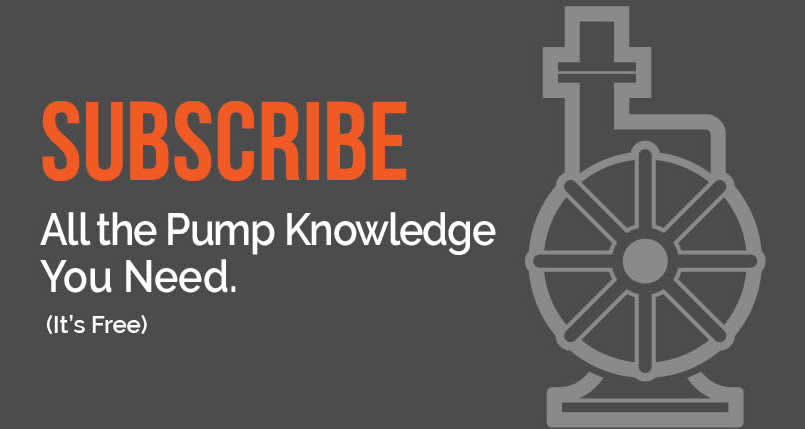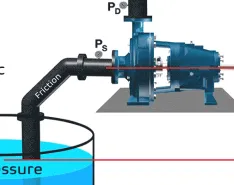Understand cavitation, suction energy, specific gravity and more.
Pumps
In the process industries—water, wastewater, oil and gas, food and beverage, chemical processing, mining, building services, pulp and paper—pumps are ubiquitous. The pumps used in those industries vary widely and each requires expert handling. These articles provide information on selecting the right pump for the application, as well as testing and troubleshooting, installation and maintenance on those pumps.
An inside look at innovative products from across the pumps industry.
For Ares Panagoulias, director of the Condition Monitoring & Test Lab at Hydro, working in fluid dynamics is his way of rising to the challenge.
This technology has several advantages when used in autogas applications.
Why is my pump not performing to the manufacturer’s published performance curve?
Pump selection involves a series of tradeoffs.
Meet 10 individuals who were chosen as up-and-comers to keep your eye on.
Advantages include improved connectivity, safety and reliability.
How to find the right pumping solutions for your application.
Remote diagnostic performance-monitoring technology gives real-time visibility into pump performance while optimizing preventative-maintenance programs.
Following these safety precautions may help prevent serious injury—or even death.
Tips, tricks and things to keep in mind when choosing packing.
Avoid a costly mistake by understanding how a fluid’s viscosity can change at various shear rates.
Follow the investigation process of two propane unloading pumps with a history of failure.
Learn the ins and outs of both municipal and industry/plant-level water treatment.
Inspired by recent events, I hope to clear up the continual confusion around net positive suction head (NPSH), specifically as it pertains to self-priming pumps on a lift application.
Common challenges and how to address them
Benefits can add to service, maintenance and more.
New studies demonstrate a way for engineers to improve water efficiency.






















